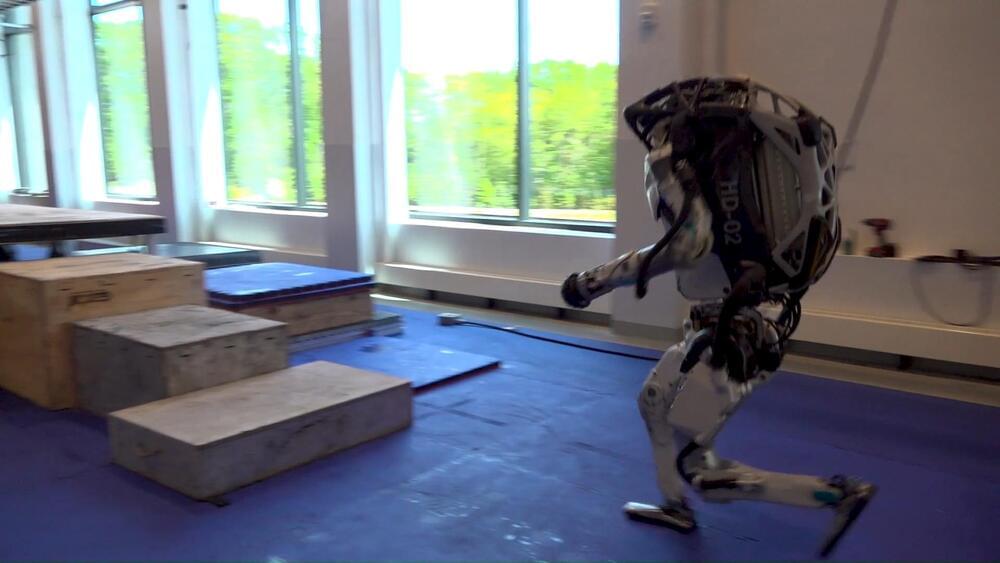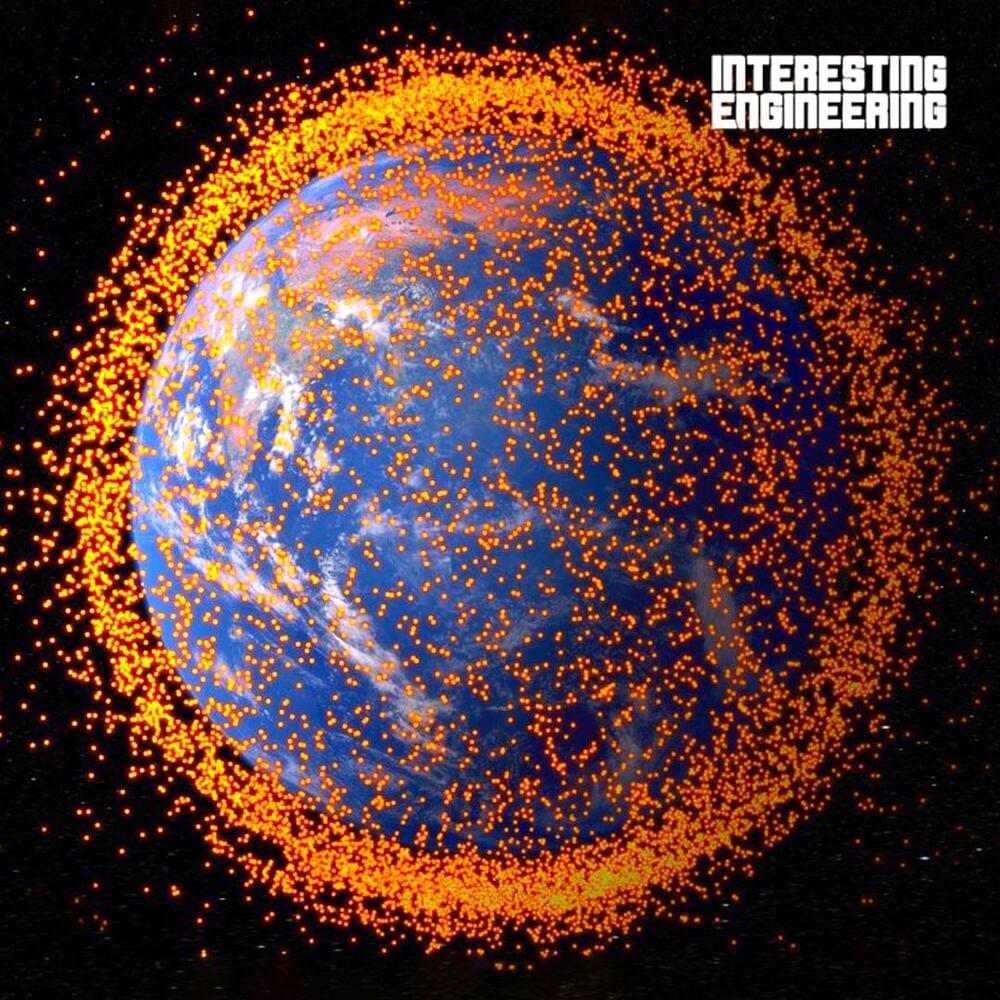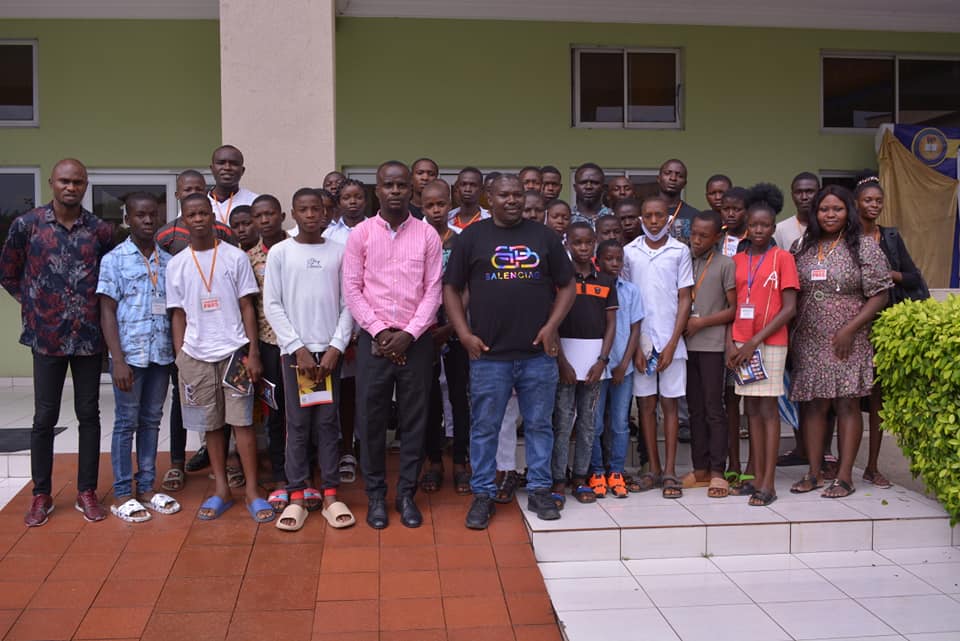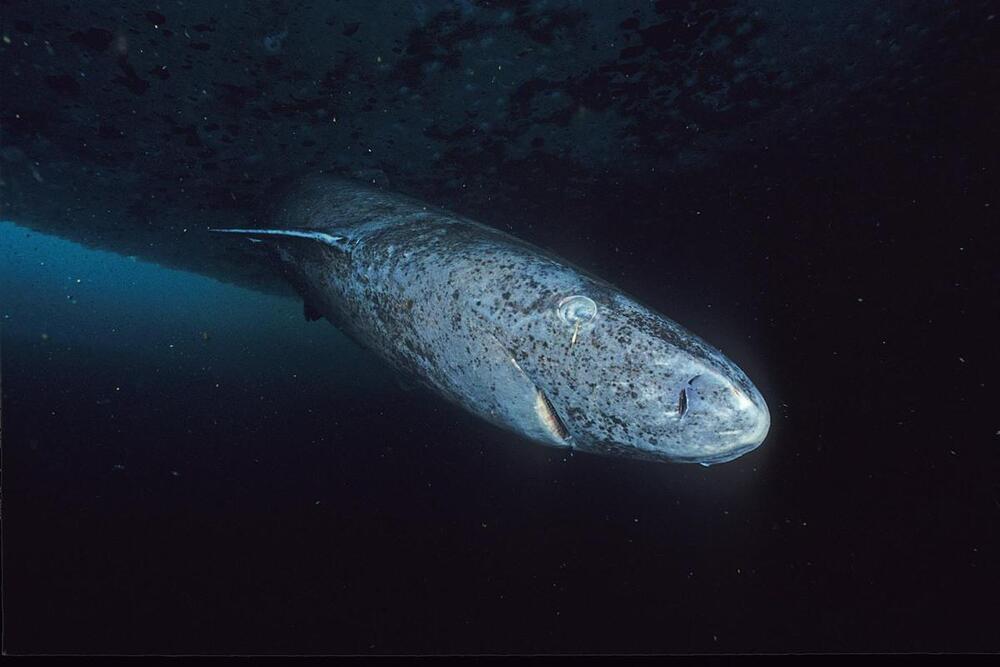Discover what we do when robots break and learn how we take the opportunity to rebuild more robust robots. https://bit.ly/2WsZnGm


Discover what we do when robots break and learn how we take the opportunity to rebuild more robust robots. https://bit.ly/2WsZnGm
Now, the robot geologist reached an exciting area with mountain layers that may reveal how the ancient environment within Gale Crater dried up over time. More: https://go.nasa.gov/2W48e0U
Join Rod Roddenberry, Gene Roddenberry’s son and Roddenberry Entertainment CEO, George Takei, actor and activist, Administrator Bill Nelson and some of NASA’s best and brightest as they honor Star Trek creator Gene Roddenberry’s 100th birthday with a conversation about diversity and inspiration. NASA panelists include: Hortense Diggs, Director of the Office of Communication and Public Engagement at NASA’s Kennedy Space Center, Tracy Drain, Europa Clipper Flight Systems Engineer, astronaut Jonny Kim, and Swati Mohan, Mars2020Guidance and Controls Operations Lead.
Producer/Editor: Lacey Young
And threatening to put traditional banks out of business. What would a world without banks look like, and would you even miss them? https://econ.st/3s76sYS

Learn more about what it’s like living in space: http://ow.ly/yHiO50FO9qv


Towards raising young developers across the Urhobo Nation, the Urhobo Innovation Hub has completed the training of 40 youths on Website design, Internet of Things (IOT), Robotics and Virtual Reality.
The boot camp training, which drew its participants from Urhobo youths within the age bracket of 13–38 years old, held at the Michael and Cecilia Ibru University, Agbaro-Otor, Delta State.
The Hub is a brainchild of the Urhobo Economic and Investment Summit (Ekpobaro) and was initiated to raise young entrepreneurs of Urhobo extraction who will key into the reality of the new normal and raise seasoned developers to make Urhobo Nation proud.
It seeks to raise about 200 young developers with projects to show before the end of the 1st quarter of 2024.
The Principal Partner of the Hub and Convener of the Urhobo Economic and Investment Group, Mr. Kingsley Ubiebi, enjoined all stakeholders to support young developers across Urhobo Nation as they are the problems solvers and leaders of tomorrow.
The boot camp ended with the issuance of certificate to participants who were advised to embark on relevant projects before the 2nd edition of the training.

Are there vertebrates occupying the planet today whose lifespans extend back to before the founding of the United States? Based on recent research, it seems very likely — and they exist in the form of sharks whose fermented meat are used in a very distinctive Icelandic dish. Scientists have found evidence that Greenland sharks live for hundreds of years — and that there are some whose lifespans extend to 400 or even 500 years.
For some scientists, the lengthy lifespans of certain creatures can also have an impact on research into making humans live longer. That’s true for the immortal jellyfish, and it also applies to the Greenland shark. A recent article by Jonathan Moens at Atlas Obscura explores what scientists have learned from their studies of the long-lived sharks — and what it might mean for humanity.
Greenland sharks’ longevity could be chalked up to genetic or lifestyle factors, or some combination of the two. The University of Manchester’s Holly Shiels suggested that, as Moens writes, “Greenland sharks may have a uniquely sophisticated system to repair damaged DNA.” Other scientists point to the sharks’ habitat — cold Arctic waters — and their ability to live for a long period of time on a relatively small amount of food as signs of a very efficient metabolism.
